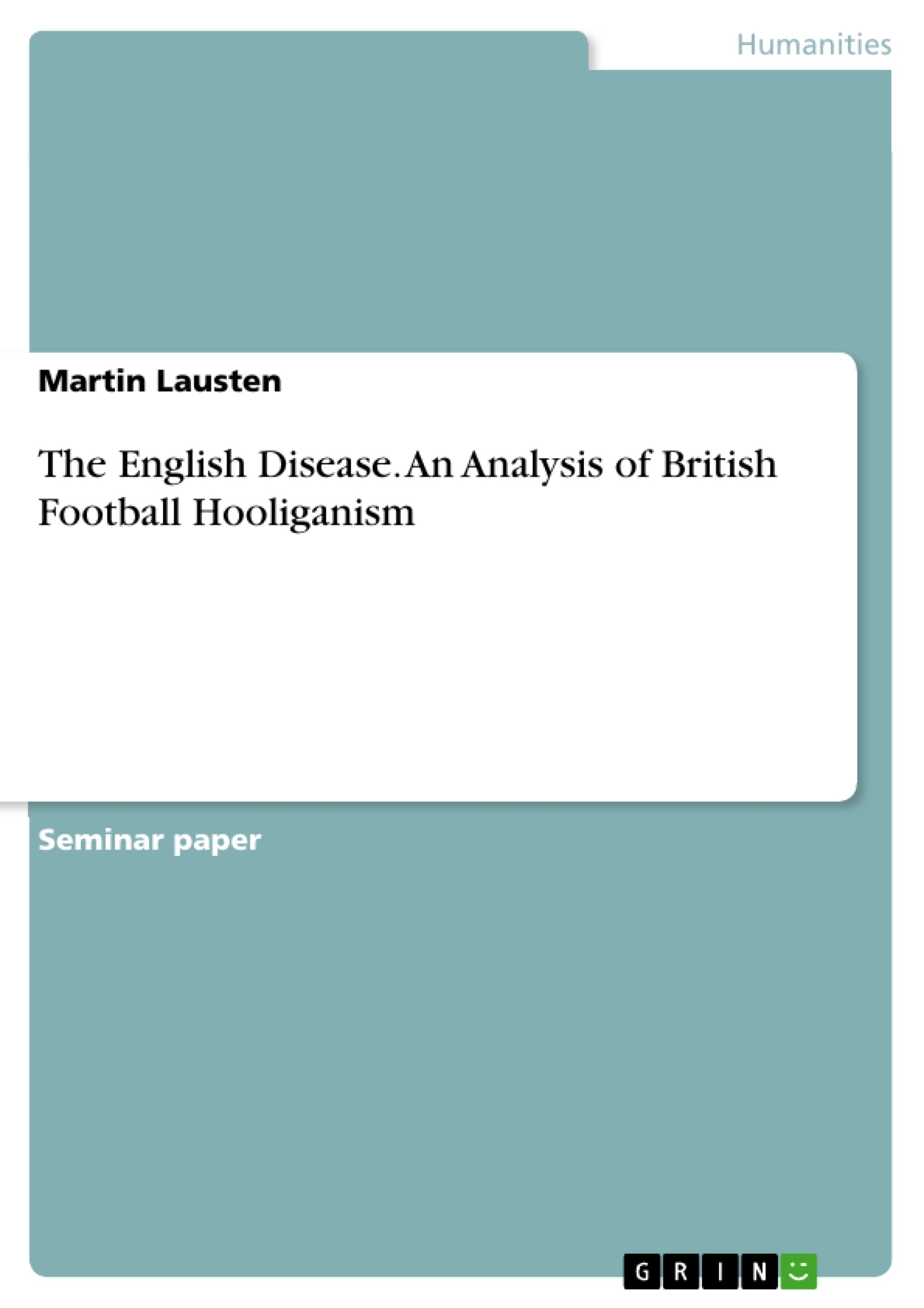Wandering the ground outside Old Trafford Buford tried to find some hooligans that he could interview. However, he could not find any because initially he could not tell the hooligans apart from the average fans. Instead, Buford saw thousands of fans all behaving in the same manner; singing, dancing, shouting, drinking and celebrating, and he realised that the hooligan fan in many ways behaved exactly like the average fan.
Buford finally found one of "them", a fella named Mick, who belonged to the Manchester United firm known as ICJ, the Inter-City Jibbers (named after the British Rail commuter service).
Through Mick Buford was introduced into the subculture of hooligans, and through Buford and many others, certain conclusions have been drawn about the hooligans and the hooligan phenomenon.
Most sociologist, anthropologists, and psychologists thus agree that roughly six primary features underpin the construction of the hooligan identities; 1) excitement and pleasurable emotional arousal of violence, 2) hard masculinity, 3) territorial identifications, 4) representations of sovereignty and autonomy, 5) individual and collective management of reputation, and finally, 6) a sense of solidarity and belonging.
These shared features or commonalities allow us to begin the analysis of football hooliganism as a subcultural activity which will be the focus of the following sections.
Inhaltsverzeichnis (Table of Contents)
- Introduction
- Thesis Statement
- Theoretical Framework
- Intergroup Discrimination
- Rational vs. Irrational Discrimination
- Conformity and Norms
- Analysis and discussion
Zielsetzung und Themenschwerpunkte (Objectives and Key Themes)
This text examines the phenomenon of British football hooliganism, seeking to understand it as a subcultural activity that contributes to a sense of identity and way of life. The analysis draws on Bill Buford's book "Among the Thugs" (1990) to explore the motivations behind such behavior, particularly focusing on the allure of strong in-group identity and the role of violent rituals in seeking social, cultural, or national validation.
- Football hooliganism as a subcultural activity
- In-group identity and social belonging
- Violent rituals and their psychological significance
- The appeal of hooliganism for individuals seeking social validation
- The theoretical framework of intergroup discrimination
Zusammenfassung der Kapitel (Chapter Summaries)
- Introduction: This chapter sets the stage for the text by introducing the phenomenon of football hooliganism through a vivid account of an incident involving Manchester United fans in Turin. It establishes the context and motivation for the subsequent analysis, highlighting the author's fascination with the phenomenon and his desire to understand the underlying factors driving it.
- Thesis Statement: The thesis statement outlines the primary objective of the text, which is to analyze British football hooliganism as a subcultural activity that performs part of an identity or a whole way of life. It specifically refers to Bill Buford's book "Among the Thugs" as a source of analysis and raises key questions about the appeal of strong in-group identity and violent rituals in this context.
- Theoretical Framework: This chapter introduces the theoretical framework for the analysis, focusing on the work of Henri Tajfel and his observations on intergroup discrimination. Tajfel's theories on rational and irrational discrimination, conformity, and norms provide a lens for understanding the social and psychological mechanisms at play in the context of football hooliganism.
Schlüsselwörter (Keywords)
The key terms and concepts explored in this text include: British football hooliganism, subculture, in-group identity, violent rituals, social validation, intergroup discrimination, rational discrimination, irrational discrimination, conformity, norms, "Among the Thugs," Henri Tajfel.
- Quote paper
- Martin Lausten (Author), 2016, The English Disease. An Analysis of British Football Hooliganism, Munich, GRIN Verlag, https://www.grin.com/document/323307



